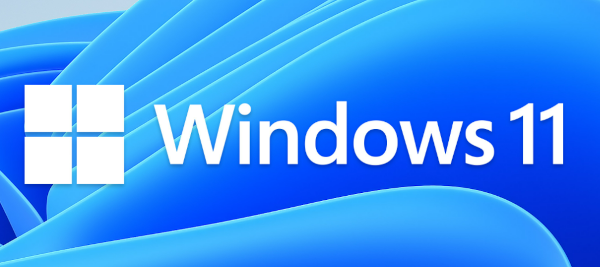
Microsoft recently introduced Windows 11 as the company’s latest operating system. When compared to Windows 10, this new OS has variety of features that can increase your productivity and provide a better user experience.
Once you start using Windows 11, you will see a marked improvement over its predecessors. For example, it has refined several features including:
- a friendly user interface that should help you complete your duties more efficiently.
- improved video conferencing and video management.
- enhanced note-taking & data input
There are also many other features that can help boost your productivity, and this blog article will explain some of them in more detail. We’ll also look at some features Microsoft didn’t include in the new version.
What Is New in Windows 11?
#1 New Taskbar
Once you boot up Windows 11 you will see the new task bar centred at the bottom of the screen. Previous Windows versions featured the iconic taskbar, which at times can be a bit clunky. Windows 11 provides a more streamlined solution within Windows 11.
The new taskbar is perfect for improving work, as it can contain a list of recent cloud & local files as well as allowing you to pin your most used apps to improve access and utilises a new search bar.
Another highlight of the taskbar is clean lines and widgets that can display essential information such as news, weather and photos.
These changes should be a great improvement from the busy display of previous Windows installations.
#2 Windows Grouping and Snapping
The enhanced Snap Layout and Snap Group features allow you to resize and manage your windows more easily. Essential apps can also be grouped to maintain high productivity.
To use the new feature just hover your mouse over the maximise button on the desired app. This will reveal your layout options, where you can choose between several arrangements: four-app grids and side-by-side layouts.
If you used to dragging the window to the edge of the screen, don’t worry as this old way will still work.
This improved windows organisation feature, is especially useful for people working with two or more monitors.
#34 Better App Store
Finding relevant apps has always been an issue with the old store. Fortunately, Microsoft saw this and have came up with an organized and coherent Windows 11 Store that make searching easier.
Along with universal apps, you can easily find applications compatible with your devices as the platform handles programs from third-party stores.
#4 Improved Accessibility Options
Windows 11 simplifies setting changes and make them more easily accessible. For example, opening your control panel now only requires one click in the taskbar corner.
Vision impaired users, can take advantage of cutting edge audio cues and desktop themes that can help reduce eye strain.
Voice typing has also been revamped. This can be activated with a simple keyboard shortcut and supports most major languages (including English, German, Italian, French, Spanish, Simplified Chinese and Portuguese).
Windows 11’s better accessibility means your team can better perform their tasks and decrease their reliance on others.
#5 Smoother Notetaking
Those of you who you a touchscreen to take notes should be very satified with the sew features. The haptic feedback now generates physical sensations when drawing lines on the screen or checking boxes with your pen.
The Ink Workspace allows you to add your preferred apps instead of using the standard snipping tool and Whiteboard. This provides easy access to creativity tools the moment you pull out your pen.
What Features Did Microsoft Leave Out?
Overall, Windows 11 is great for your business, but bear in mind that Microsoft left out certain features that were common in previous versions. The latest news is that some of the features may return in a future update but for now the following items are missing.
Excluded Feature #1 – Taskbar Customisation
Windows 10 users can move their taskbar from the horizontal position to the left, right, or upper part of their screen. In contrast, the Windows 11 taskbar is fixed at the bottom of the display, and you can’t customize the dimensions. You can though move the task bar to the bottom left of the screen.
You can no longer move the Time and Date on your taskbar. Windows 10 didn’t have this problem since you could toggle off the Clock feature in your Settings but even that is now missing.
The default taskbar layout will probably suffice for most users, but others prefer higher customizability than what Windows 11 offers.
Disabled Feature #2 – Cortana
While not actually excluded, it is just hidden away. So if you are a Cortana fan and use it a lot it can be enabled by visiting Settings and navigating to Apps & Features.
Excluded Feature #3 – Drag and Drop Functionality
Windows 10 and some earlier operating systems allowed you to drag items to change their position or perform other functions. For example, you could drag a document onto your Word icon on the taskbar to open it.
Unfortunately this function is disabled in Windows 11 and there is no way to drag and drop or save any program or file onto your taskbar.
Is It Worth The Upgrade?
While Windows 11 isn’t perfect, it is still an excellent platform to help increase your productivity.
Whether you need to organize your desktop more conveniently or take enjoyable notes via your touchscreen, the OS won’t let you down. Plus, you get a revamped taskbar and powerful Voice Typing compatible with most major languages.
Overall, Windows 11 is a terrific asset for your business.
If you want to find out more about using this new operating system and boost productivity in your organization, contact us today. We can have a quick chat and help answer any questions you may have.
